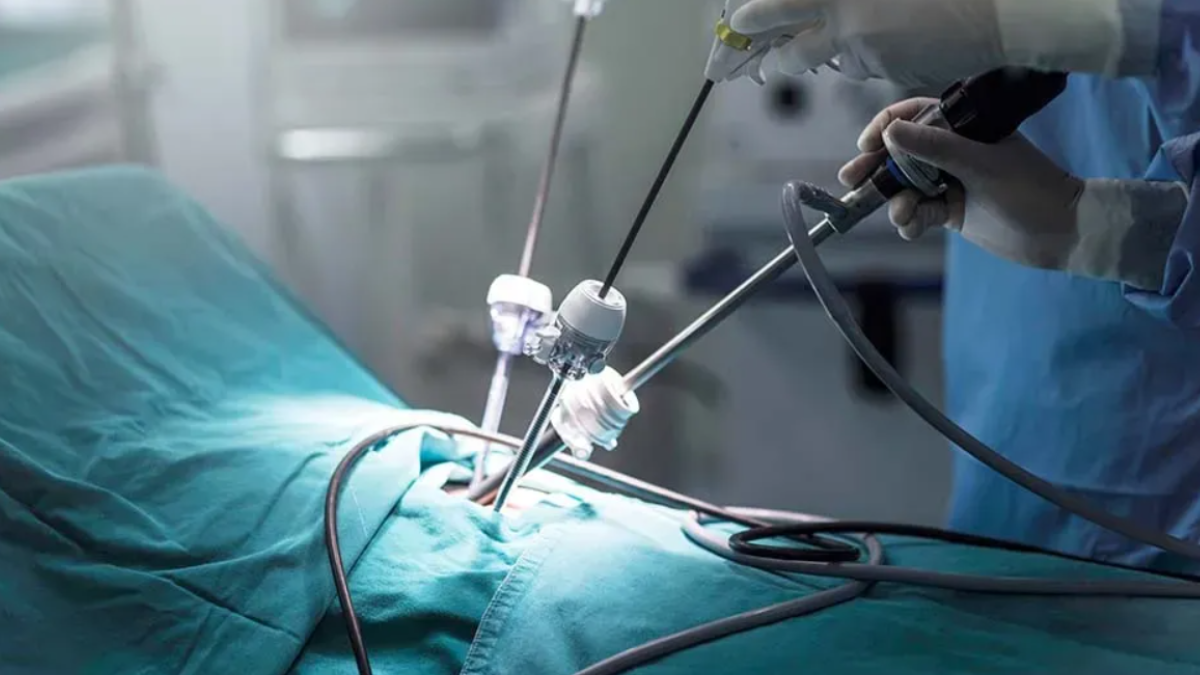
Surgical Precision Redefined: The Impact of Robotics in Gastroenterology
Robotic surgery has revolutionised the field of gastroenterology, offering unprecedented precision, flexibility, and control. This advanced technology enhances surgical outcomes and expands the possibilities for treating complex gastrointestinal conditions. The transformative impact of robotics in gastroenterology has not only benefited the patients, but also surgeons alike.
Robotic Surgery: A Revolution in Surgery
Robotic surgery involves the use of robotic systems to perform surgical procedures. The most widely known system is the da Vinci Surgical System, which allows surgeons to control robotic arms equipped with surgical instruments from a console. This setup provides a magnified, high-definition 3D view of the surgical site and greater dexterity than traditional methods.
Advantages of Robotic Surgery
Robotic surgery offers numerous advantages over conventional surgery, including:
Enhanced Precision
The robotic system’s high-definition 3D camera provides a clear and magnified view of the surgical area, allowing for more precise movements and improved accuracy. This precision is particularly beneficial in delicate procedures involving the gastrointestinal tract.
Minimally Invasive Approach
Robotic surgery is minimally invasive, involving smaller incisions than traditional open surgery. This results in less trauma to the body, reduced pain, and faster recovery times.
Greater Flexibility and Control
The robotic arms can rotate and bend in ways that human hands cannot, providing surgeons with greater flexibility and control during complex procedures. This capability is crucial in navigating the intricate structures of the gastrointestinal system.
Reduced Risk of Complications
The precision and control offered by robotic systems help minimise the risk of complications such as infection and bleeding. This contributes to better surgical outcomes and improved patient safety.
Applications in Gastroenterology
Robotic surgery is increasingly being used to treat a variety of gastrointestinal conditions. Some common applications include:
Colorectal Surgery
Robotic surgery is used to treat colorectal cancer, diverticulitis, and inflammatory bowel disease. The enhanced precision allows for the careful removal of diseased tissue while preserving healthy structures.
Hernia Repair
Robotic-assisted hernia repair offers improved outcomes, particularly for complex and recurrent hernias. The minimally invasive approach reduces postoperative pain and shortens recovery time.
Esophageal Surgery
Robotic surgery is effective in treating esophageal cancer and achalasia. The precision of the robotic system ensures accurate removal of cancerous tissue and precise reconstruction of the oesophagus.
Pancreatic Surgery
Robotic-assisted pancreatic surgery, including the Whipple procedure, allows for meticulous dissection and removal of tumours with minimal damage to surrounding tissues. This approach is beneficial for both benign and malignant pancreatic conditions.
- Training and Expertise
The success of robotic surgery depends on the surgeon’s expertise and training. Surgeons must undergo specialised training to master the use of robotic systems and perform procedures with the highest level of precision. Continuous education and practice are essential to maintaining proficiency and ensuring optimal outcomes.
The Role of Robotic Surgery in Pancreatic Cancer Treatment
Pancreatic cancer is one of the most challenging cancers to treat due to its aggressive nature and late diagnosis. Robotic surgery offers significant benefits in the management of pancreatic cancer:
Precision in Tumour Removal
The enhanced precision of robotic surgery allows for the careful removal of pancreatic tumours, preserving as much healthy tissue as possible. This is crucial in maintaining pancreatic function and improving survival rates.
Minimally Invasive Approach
The minimally invasive nature of robotic surgery results in smaller incisions, less pain, and faster recovery times. This is particularly beneficial for pancreatic cancer patients, who often face lengthy recovery periods.
Improved Visualisation
The high-definition 3D visualisation provided by robotic systems allows for a clearer view of the pancreas and surrounding structures, aiding in the accurate removal of tumours and reducing the risk of complications.
Transforming Gastrointestinal Treatments with Technology
Robotic surgery is redefining the landscape of gastroenterology, offering unmatched precision, control, and minimally invasive benefits. This advanced technology is revolutionising the treatment of complex gastrointestinal conditions. Under the expert care of specialists like Dr Santosh Anand, patients can access cutting-edge robotic surgical techniques that enhance their treatment and recovery experiences.
Dr Santosh Anand is a leading surgical gastroenterologist. He is one of the well-known surgeons incorporating robotic surgery into gastrointestinal treatments. With his expertise in the usage of advanced technologies, his patients are offered dedicated guidance and treatment. Dr Anand leverages the latest robotic technologies to enhance surgical precision and improve patient outcomes. As robotic technology continues to evolve, its impact on gastroenterology will undoubtedly expand, further improving the quality of care for patients worldwide.

